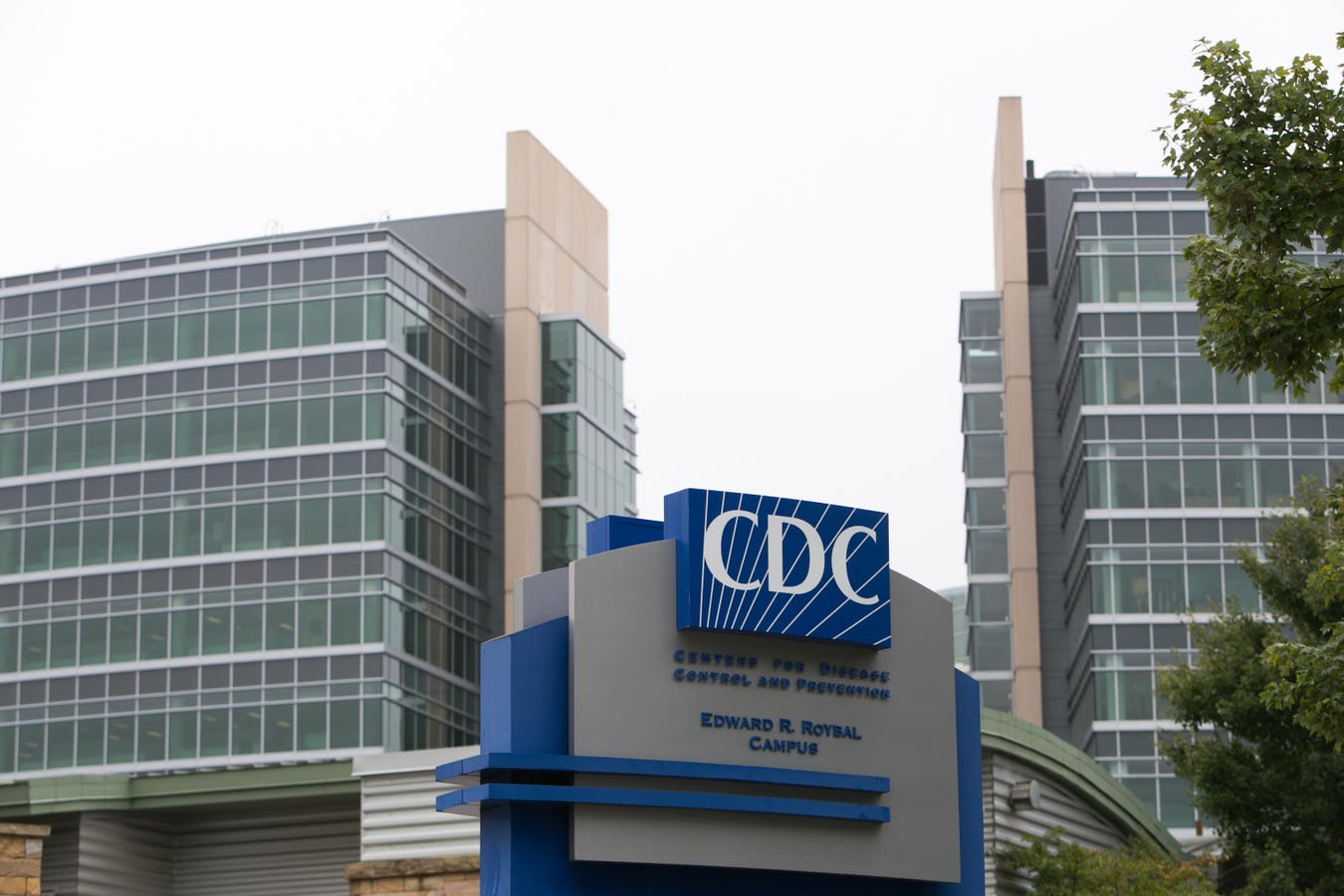Over a thousand (1300) probationary workers at the Center for Disease Control are being let go by the Trump administration, representing about 45% of all probationary workers at the CDC.
The CDC employs 12,000 individuals, with thousands of probationary workers, most of whom work a year or less for the center. The layoffs occur amidst the massive cuts and cost savings President Trump attempts to implement to curb inflation and increase government efficiency.
Among those laid off include all 50 first-year officers of the CDC’s Epidemic Intelligence Service, and perhaps some second-year officers. The EIS, established in 1951, recruits some of the brightest public health leaders into a two-year program to train healthcare professionals to identify and respond to disease outbreaks.
EIS personnel are among the brightest frontline public health workers, many with masters and doctorate degrees that safeguard health in America and globally. Historically, these workers have responded to public health threats such as E. coli and cholera outbreaks, helped contained the Ebola Nigeria outbreak from 2014-216 as well as investigate the source of many food-borne illnesses and outbreaks in America and throughout the world.
Here are some ways these layoffs threaten science and public health.
Hinders Disease Surveillance
EIS officers have historically identified and controlled important health threats like COVID-19 and Zika. Their expertise allows for rapid response to emerging infectious diseases, which ultimately prevents widespread transmission. Firing frontline workers will have devastating consequences for public and global health, and will hinder the CDC’s ability to respond to outbreaks in a timely fashion.
This comes at a time where there is no shortage of public health threats. Currently, the flu is surging in America, with up to 23 million hospital visits for the flu and at least 370,000 hospitalizations, according to the CDC. In addition, the bird flu is spreading uncontrollably in animals and has killed one man in Louisiana. An Ebola outbreak has also been reported in Africa. America and the world are in desperate need of qualified public health practitioners who can manage all of these public health threats.
Impedes Development of Public Health Leaders
The EIS fellowship is widely considered an elite public health program that develops leaders, many of whom serve in the CDC itself or go on to become leaders in state health departments. The type of expertise required to handle public health emergencies and threats cannot be developed on “the fly”. We do not just expect people to wake up and become doctors, lawyers or engineers. These types of vocations take skill, time and often require years of advanced schooling. Without formal training in important fellowship programs like the EIS, the United States may encounter a long-term deficit of qualified public health professionals who are specifically trained in investigating diseases.
Compromises Data Analysis
EIS personnel play a vital role in gathering and interpreting scientific data, which often informs public health policy and the allocation of life-saving resources. With fewer manpower and resources, the quality and timeliness of data may be hindered, resulting in suboptimal responses to health threats. Science thrives through evidence-based data and evidence-based interventions.
We live in an era where misinformation and disinformation run rampant, particularly with the ease at which it spreads through social media. It is critical now, more than ever, that EIS officers have the support of the U.S. government to gather, interpret and make important decisions based on scientific data.
Increased Healthcare Costs
Despite the intention for these layoffs to reduce costs, firing CDC workers and particularly EIS personnel can actually paradoxically increase costs.
What happens when there is a potential infectious disease outbreak that results in significant transmission across the population? This may necessitate more emergency room visits, more physicians working long hours to care for patients and more life-saving interventions that would need to be implemented. All of this costs money due to hospitalizations and treatments. Keeping the CDC and EIS personnel fully staffed can actually reduce costs in the long-run by early detection and prevention of many potential public health threats.
Since President Trump has taken office, the entire landscape for public and global health has drastically changed. These cuts to healthcare personnel do not merely reflect cost savings, they are a threat to science and public health. The expertise of CDC workers and EIS personnel are indispensable in protecting and safeguarding the health for people all around the world. Without them, humanity is less prepared against future global health threats and progress in science and health will remain guarded.
Read the full article here





